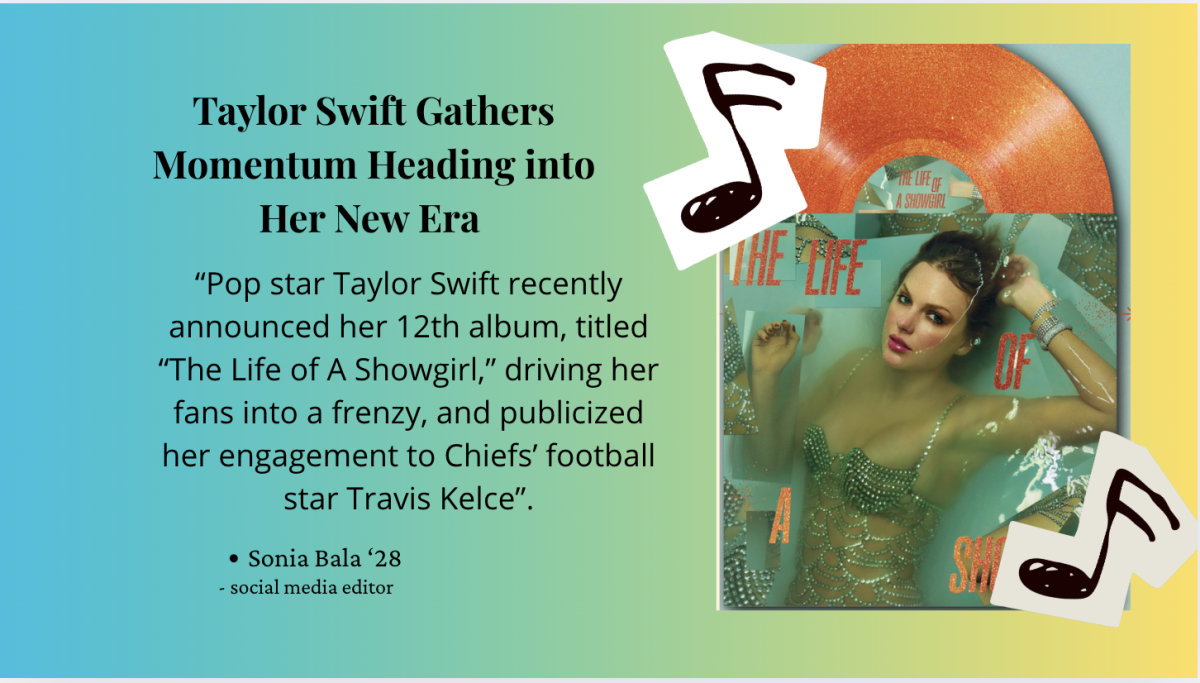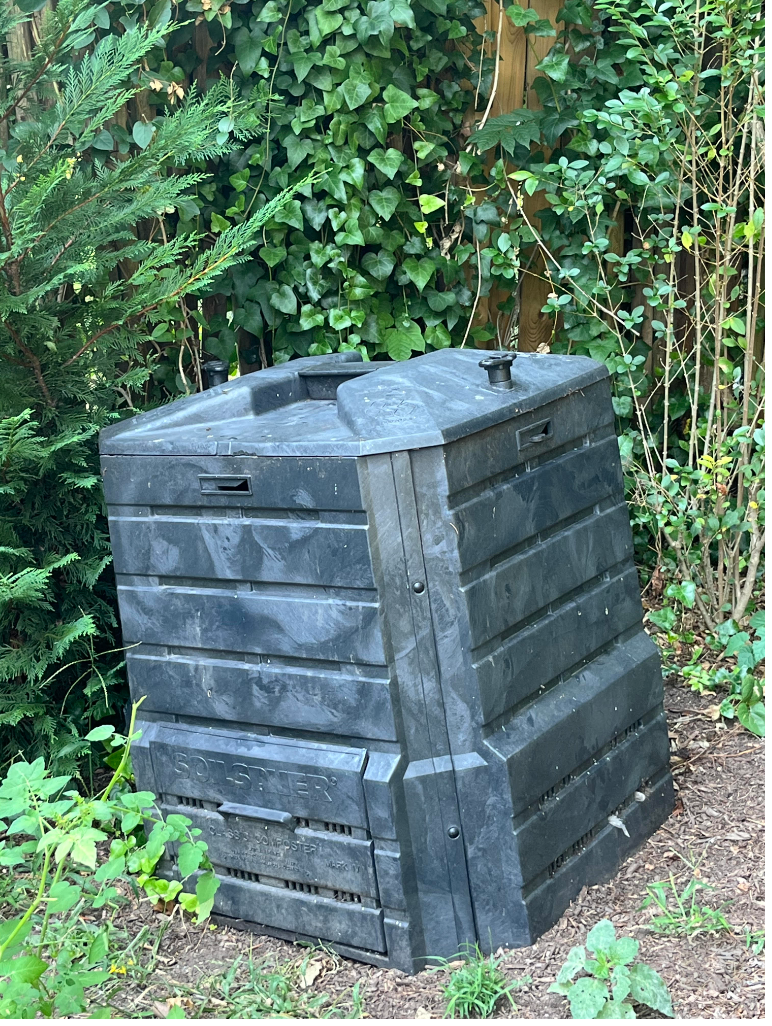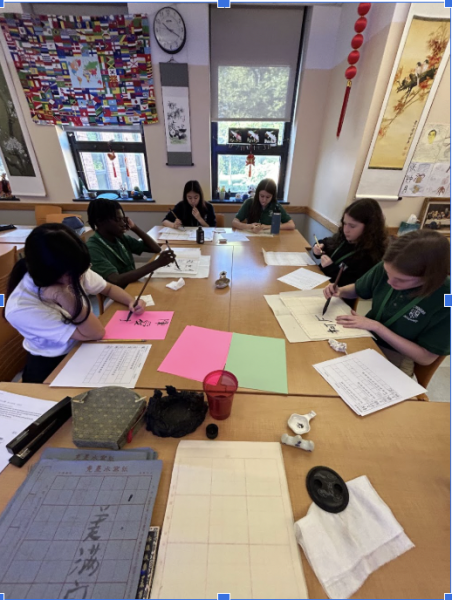Disney’s Yeti Problem
For many creations throughout human history, the beauty lies in the details. Michelangelo’s sculptures held accurate veins in each limb. Stanley Kubrick created suits that could survive the vacuum of space for 2001: A Space Odyssey. Sushi chefs in Japan take years and years of training before they are able to touch and work with actual fish. The same can be said for Disney. They run numerous parks, all with polite staff members who will never frown, engaging and nostalgic attractions, and literal tunnels that move Mickey Mouse around so that kids don’t see two at once in the same section. One such ride that really symbolizes Disney’s attention to detail and its ability to keep up the magic is Expedition Everest, located in Animal Kingdom. That is, if you ignore the biggest animatronic failure in the company’s history.
During 1995 before its opening, Animal Kingdom was advertised as a theme park for animals “real, ancient, and imagined.” However, money became an issue, and the creators were stuck between the dilemma of using ancient or imagined creatures. The choice was for the ancient, and this would become current day DinoLand U.S.A. After a few years from the successful launch of the park, it was time for the imagined animals to make their breakthrough. The original plan was for an attraction with dragons and unicorns, but this idea was scrapped since most of the original Imagineers went on to projects under Universal. The influence of the original mythical idea can be seen in the Lost Continent section in Islands of Adventure. With that idea off the table, the idea for a yeti ride was introduced.
The construction of Expedition Everest: Legend of the Forbidden Mountain was primarily run by Joe Rohde. The ride took major inspiration from another Disney ride called Matterhorn Bobsledding, but this time it was going to be bigger and better. The crew took a trip to Nepal, where they met with natives and enriched themselves with the culture. Coming back with thousands of props and artifacts from the region, they were ready to begin work. Attention of detail was applied, many of the props were used to create a yeti museum in the waiting line with numerous shrines to the beast throughout the area. The mountain reached a whooping 199.5 feet, if it was 200 feet, Disney would have to attach flashing lights for low flying aircraft. It was also the first Disney roller coaster to go backwards, which really excited guests. When it was opened on January 26, 2006, the final budget totaled $100 million, stealing the world record for the most expensive roller coaster at the time. Shockingly, the majority of the budget did not go to the structure itself, or the steel tracks. Instead, it went to the yeti animatronic.
The entire ride was designed to build up to the yeti encounter at the end of the ride. So, Imagineers were not afraid to create something no rider would forget. The finished animatronic was 25 foot tall, and had the range of moving 5 feet horizontally and 1.5 feet vertically. Its fur weighs 6000 pounds, as it sways at incoming riders. This yeti is not meant to be cartoonish like its Matterhorn cousin. Instead, the animatronic seeks to take a very realistic approach, basing itself off real life creatures like the Gigantopithecus (a giant extinct ape, some believed it has actually evolved into modern day “yetis”, but that is a different story.) To truly experience the ride, one has to go on it itself. As you travel through the mountain, you are stopped by ruined tracks, as you hear the sound of the cryptid himself. As you go backwards, you see the shadow of the beast, destroying more tracks. As you fall more and more, you are sent directly through the yeti’s location, as it angrily lunges at you, as its yells echo across the cavern walls. And then the ride ends.
Joe Rohde declared during construction that compared to the yeti, “there is nothing that is this big, that moves this fast in the world of animation.” It completely blew the minds of the public. The park gained back its attendance numbers seen since the opening, as the yeti did what it did best, defend its mountain. However, this changed a few months upon opening. You see the machine was perfect, but its weight perhaps was too much for its surroundings. You see, the company discovered that the cement base that supported the yeti had cracked. Many people theorize about what could have happened, perhaps the cement was laid badly, or maybe there was a glitch in the computer system used to blueprint the attraction. All theories aside, running the yeti ran the risk of a fatal accident, so Disney had to turn it off. Now, it is in B-mode (meaning it doesn’t move), with strobe lights attached to it, giving it the illusion of movement. Fans have nicknamed it “disco yeti”, as it lays dormant for the past 16 years.
Many fans had a bone to pick with Disney after this, since they considered themselves robbed from the main attraction. Fixing the cement problem was a lot harder and pricey than one would expect, some associates of Disney even hinted that to fix the yeti, half of the mountain would need to be removed. Joe Rohde was questioned about the fate of the yeti during the 2013 D23 Expo, to which he responded with “you have to understand, it’s a giant complicated machine… but we are working on it… I will fix the Yeti someday, I swear.” Little progress has been made since the convention, and Rohde had retired this January. However, fans got excited when the ride was closed from January, and will now open to the public early June. Maybe, the yeti was finally being fixed. However, they were only installing a new sound system.
If you compare videos on YouTube between the yeti from 2006 to its current state in B-mode, it is very likely you will be in favor of the original. The image of its moving fur and its angry face really could satisfy anyone buying the buildup to the beast. Hopefully, sometimes in the future, the yeti might be restored to its former glory, as it will strike fear and love into us all.

Alex Bogey is a sophomore in Archmere Academy. An Eagle Scout, SCUBA diver, and a thinker; he thinks the Tasmanian tiger should have never died. He lives...




















